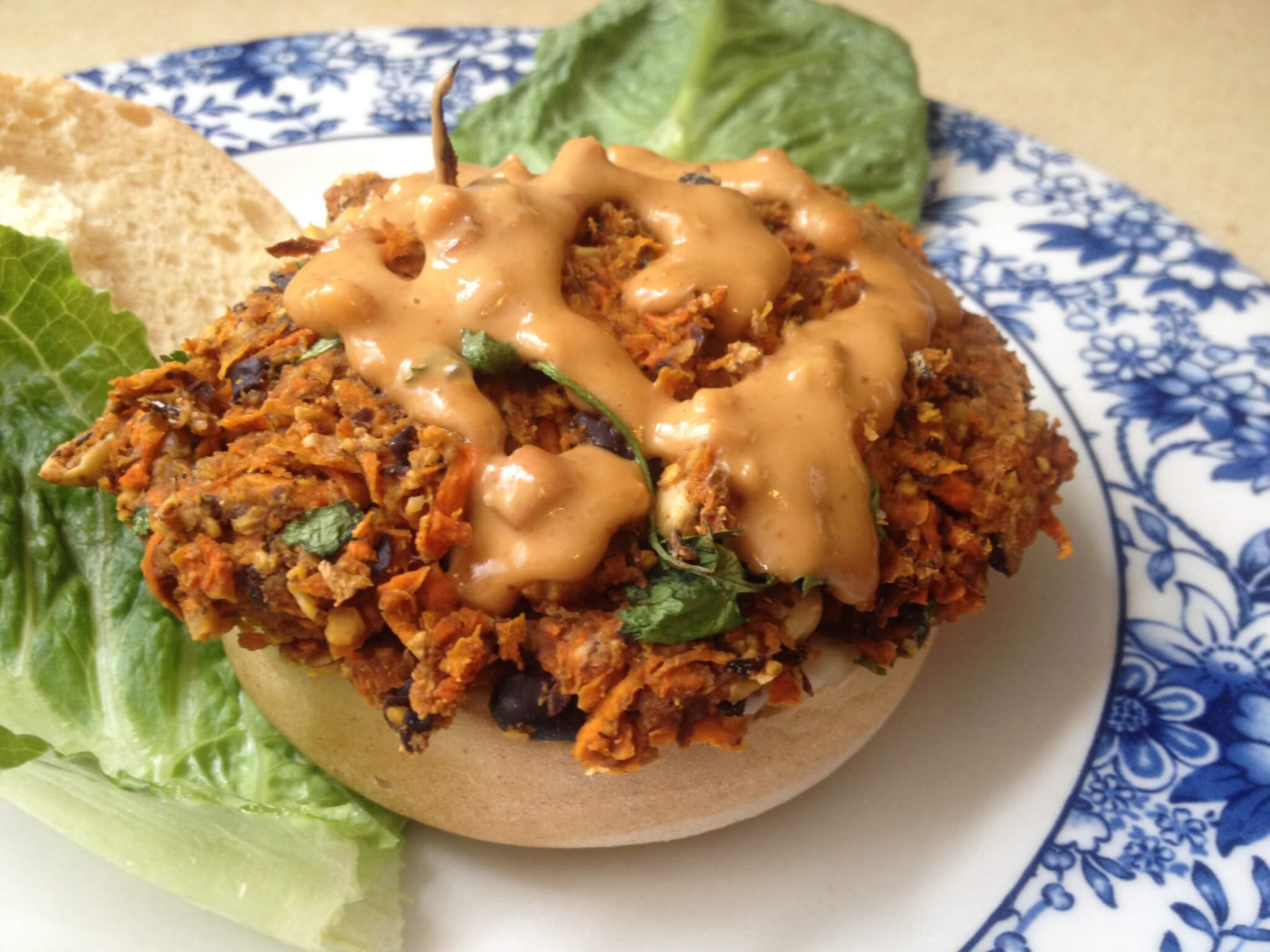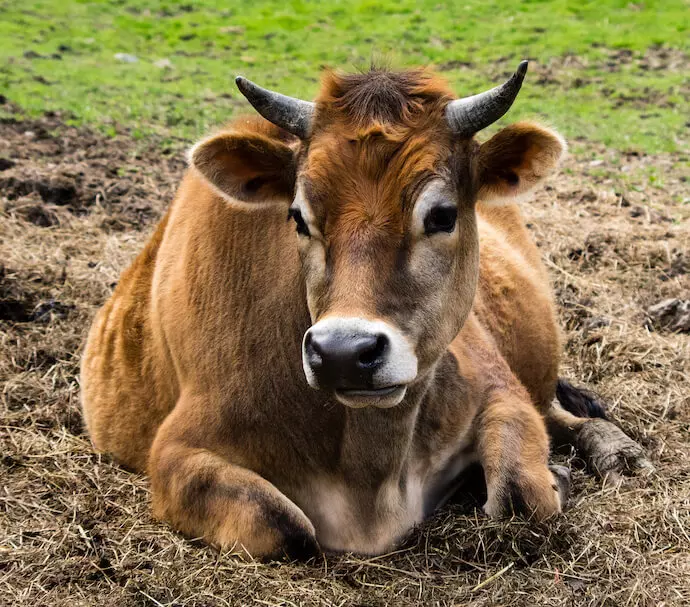
Bite Into a Healthy Lifestyle
by Holly Kalyn, Editorial Intern for Compassionate Cuisine
Whether you’re a seasoned vegan looking to step up your health game or you’re just flirting with the idea of going vegan, it’s really never the wrong time to understand how to bite into a healthy vegan lifestyle and nourish yourself from the inside out. Instead of loading up your shopping cart with boxes from the frozen aisle, or making meat or chicken the centerpiece of your plate, try steering yourself to the produce and bulk sections of the store. Believe it or not, a vegan diet filled with whole foods is affordable and easy to maintain. It’s also the perfect way to introduce a balance of nutrients into your diet that will keep you high on energy and feeling your best. Getting started requires only a small shift in thought and planning. Once you learn the food group basics, you’ll probably even find that you already have most of the items in your fridge and pantry and that the combinations are limitless and infinitely flexible! Read more about how to stock a healthy vegan pantry.
Instead of loading up your shopping cart with boxes from the frozen aisle, or making meat or chicken the centerpiece of your plate, try steering yourself to the produce and bulk sections of the store. Believe it or not, a vegan diet filled with whole foods is affordable and easy to maintain. It’s also the perfect way to introduce a balance of nutrients into your diet that will keep you high on energy and feeling your best. Getting started requires only a small shift in thought and planning. Once you learn the food group basics, you’ll probably even find that you already have most of the items in your fridge and pantry and that the combinations are limitless and infinitely flexible! Read more about how to stock a healthy vegan pantry.
 To get started on your path towards a healthy, vegan lifestyle, it helps to understand how to create balanced meals. The Vegetarian Resource Group (VRG) updated the USDA’s ChooseMyPlate tool, which many of us learned about in school years ago. The graphic image divides up a plate into the proportions of food groups recommended to maintain a well-balanced diet. Print out MyVeganPlate to post on your fridge to remind you how to maintain balance in your meal planning, and get started now by learning about the important plant-based food groups.
To get started on your path towards a healthy, vegan lifestyle, it helps to understand how to create balanced meals. The Vegetarian Resource Group (VRG) updated the USDA’s ChooseMyPlate tool, which many of us learned about in school years ago. The graphic image divides up a plate into the proportions of food groups recommended to maintain a well-balanced diet. Print out MyVeganPlate to post on your fridge to remind you how to maintain balance in your meal planning, and get started now by learning about the important plant-based food groups.
Whole Grains

Vegan Protein
An important building block of muscles, bones, and even skin, protein is involved in a large portion of the body’s structure. Also interesting is that, despite protein’s central role in the body, we don’t necessarily need to consume massive amounts of it. In fact according to the VRG, diets too high in protein may actually cause kidney disease and osteoporosis. Contingent with age, sex, and physical activity, daily protein requirements do vary, so it’s best to figure out your individual needs. (To determine your recommended protein serving in ounces, see the USDA’s chart).
Fruits and Vegetables
Across the spectrum of fruit and vegetables exists an extensive range of vitamins, minerals, and nutrients. And although there are many synthetic, pill-form vitamins on the market, experts still recommend getting our vitamins through the food we eat.
Calcium

Add Love + Stir, Nutrition and Wellness
Tagsdairy, national nutrition month, nutrition, vegan nutrition, vitamins

Bite Into a Healthy Lifestyle
Whether you’re a seasoned vegan looking to step up your health game or you’re just flirting with the idea of going vegan, it’s really never the wrong time to understand how to bite into a healthy vegan lifestyle and nourish yourself from the inside out.
 Instead of loading up your shopping cart with boxes from the frozen aisle, or making meat or chicken the centerpiece of your plate, try steering yourself to the produce and bulk sections of the store. Believe it or not, a vegan diet filled with whole foods is affordable and easy to maintain. It’s also the perfect way to introduce a balance of nutrients into your diet that will keep you high on energy and feeling your best. Getting started requires only a small shift in thought and planning. Once you learn the food group basics, you’ll probably even find that you already have most of the items in your fridge and pantry and that the combinations are limitless and infinitely flexible!
Instead of loading up your shopping cart with boxes from the frozen aisle, or making meat or chicken the centerpiece of your plate, try steering yourself to the produce and bulk sections of the store. Believe it or not, a vegan diet filled with whole foods is affordable and easy to maintain. It’s also the perfect way to introduce a balance of nutrients into your diet that will keep you high on energy and feeling your best. Getting started requires only a small shift in thought and planning. Once you learn the food group basics, you’ll probably even find that you already have most of the items in your fridge and pantry and that the combinations are limitless and infinitely flexible!
 To get started on your path towards a healthy, vegan lifestyle, it helps to understand how to create balanced meals. The Vegetarian Resource Group (VRG) updated the USDA’s ChooseMyPlate tool, which many of us learned about in school years ago. The graphic image divides up a plate into the proportions of food groups recommended to maintain a well-balanced diet; today, it’s widely accepted that plants are sources of protein and calcium.
To get started on your path towards a healthy, vegan lifestyle, it helps to understand how to create balanced meals. The Vegetarian Resource Group (VRG) updated the USDA’s ChooseMyPlate tool, which many of us learned about in school years ago. The graphic image divides up a plate into the proportions of food groups recommended to maintain a well-balanced diet; today, it’s widely accepted that plants are sources of protein and calcium.
Whole Grains

Vegan Protein
An important building block of muscles, bones, and even skin, protein is involved in a large portion of the body’s structure. Also interesting is that, despite protein’s central role in the body, we don’t necessarily need to consume massive amounts of it. In fact according to the VRG, diets too high in protein may actually cause kidney disease and osteoporosis. Contingent with age, sex, and physical activity, daily protein requirements do vary, so it’s best to figure out your individual needs. (To determine your recommended protein serving in ounces, see the USDA’s chart).
Fruits and Vegetables
Across the spectrum of fruit and vegetables exists an extensive range of vitamins, minerals, and nutrients. And although there are many synthetic, pill-form vitamins on the market, experts still recommend getting our vitamins through the food we eat.
Calcium

Add Love + Stir, Nutrition and Wellness
Tagsdairy, national nutrition month, nutrition, vegan nutrition, vitamins





